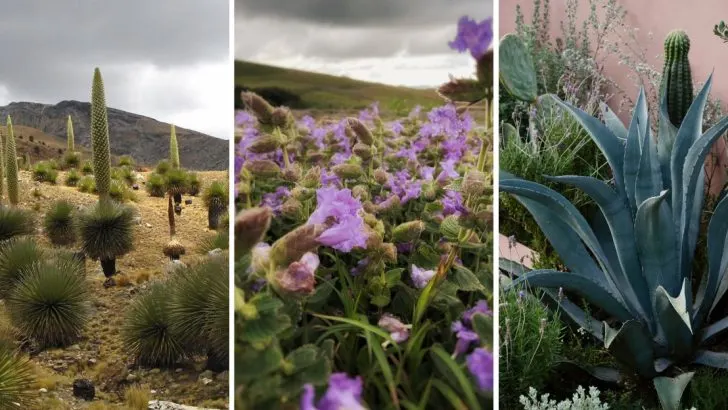Some plants play the long game when it comes to flowering, spending years—sometimes even decades—building up to a single, spectacular bloom. It’s a strategy that might seem unusual, but for these plants, it’s all part of their survival plan. After putting on their grand floral display, they leave behind seeds to ensure the next generation continues the cycle.
These once-in-a-lifetime blooms are rare and often breathtaking, making them even more fascinating to observe. From towering stalks to dramatic bursts of color, here are six plants that save their energy for one unforgettable flowering event before their life cycle comes to an end.
Agave Americana
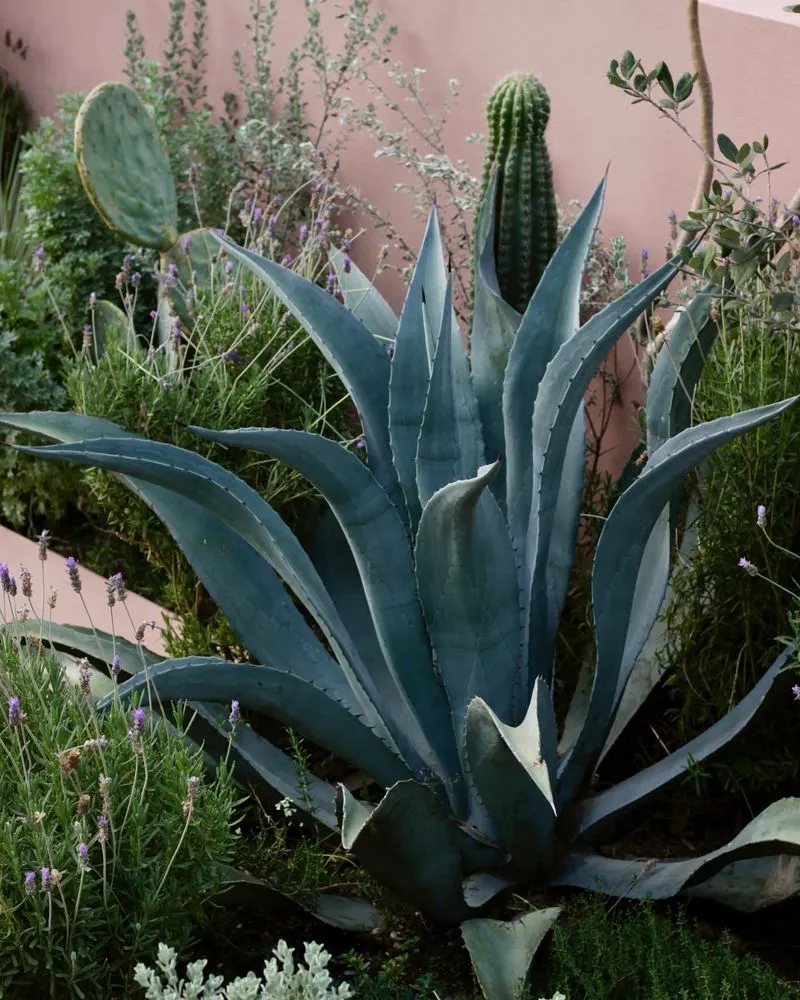
The Agave Americana, often called the century plant, is a marvel of patience. Native to the arid regions of Mexico, this plant spends years accumulating energy in its thick, fleshy leaves.
After decades, sometimes up to 30 years, it produces a spectacular flowering stalk that can reach up to 20 feet. Once in bloom, the stalk is adorned with clusters of yellow flowers, a sight that is both striking and ephemeral.
This grand display marks the end of the plant’s life, as it will soon wither, leaving behind new offsets for regeneration.
Bamboo
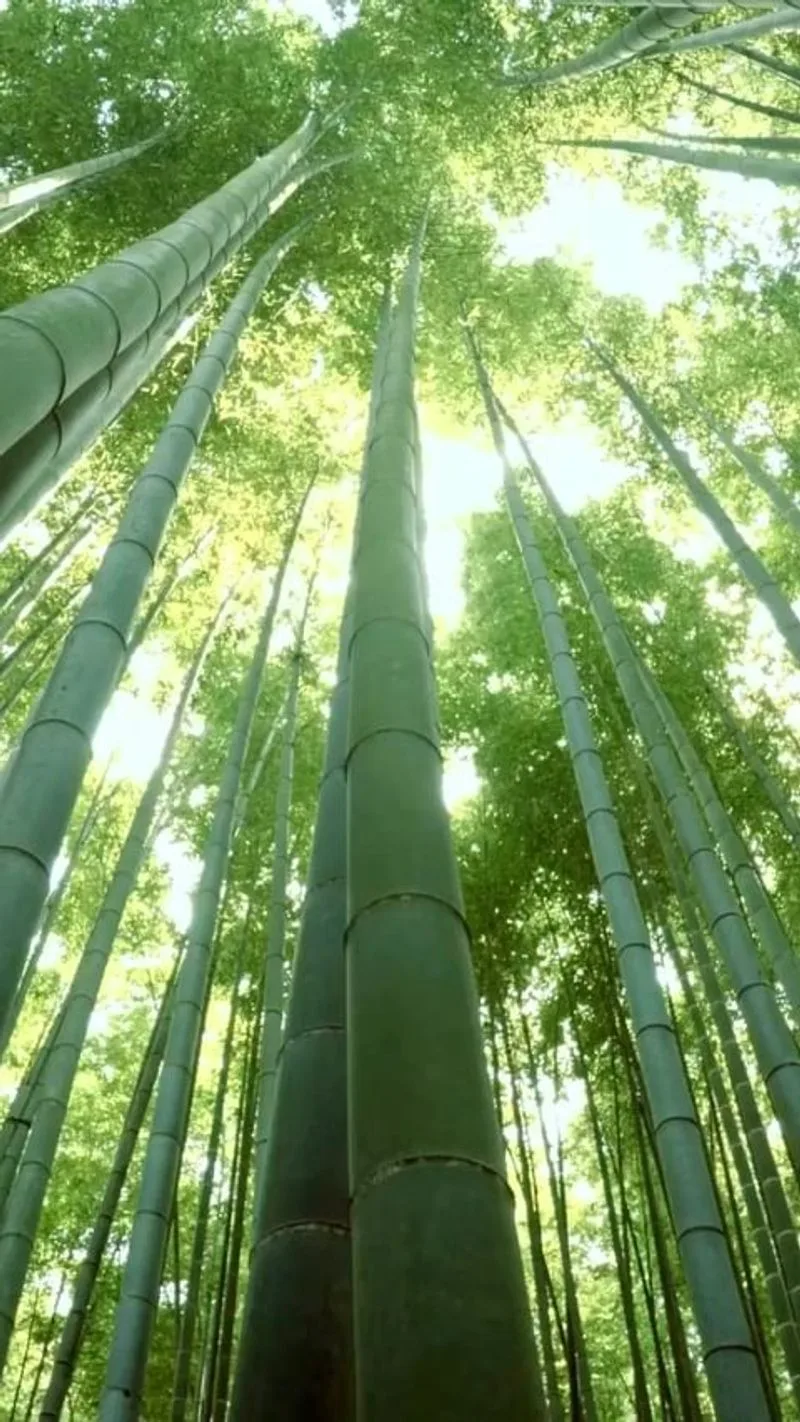
Bamboo, known for its rapid growth and strength, holds a rare secret: its flowering cycle. Depending on the species, bamboo may bloom only once every 30 to 120 years.
This event, often synchronized across vast regions, sees small flowers emerging from the nodes of the towering stalks. The bloom is a prelude to the plant’s demise, as it often leads to the death of the entire grove.
However, this process also ensures the continuation of the species, as seeds are produced to create new generations of bamboo.
Corpse Flower (Amorphophallus titanum)
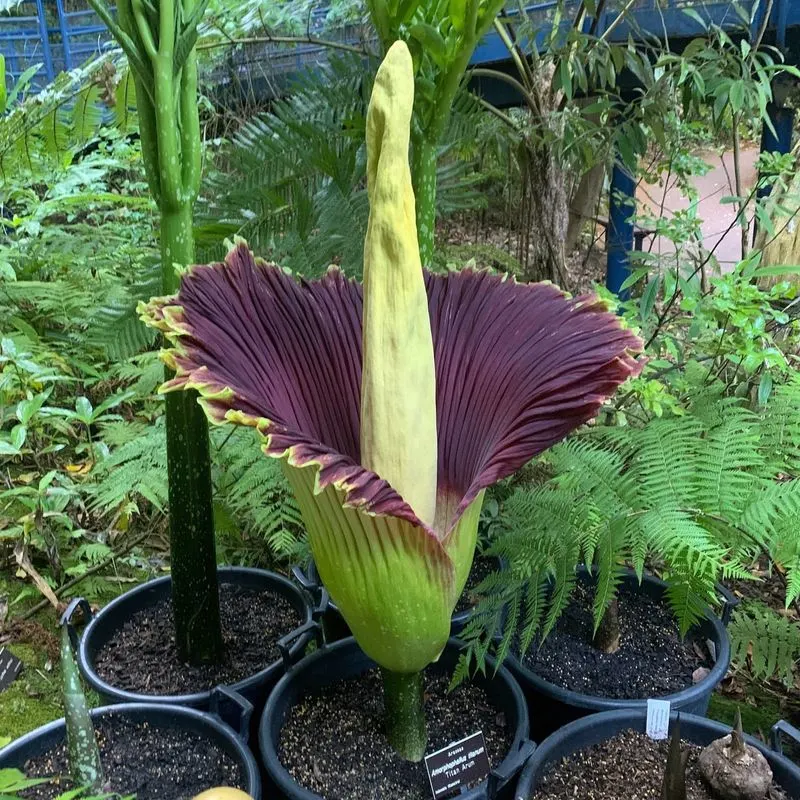
The Corpse Flower, or Amorphophallus titanum, is famed for its colossal size and pungent aroma. Native to the rainforests of Sumatra, this plant can take up to a decade to bloom.
When it does, it unveils one of the largest flowers in the world, with a deep maroon spathe encircling a tall spadix. The flower emits a strong odor reminiscent of rotting flesh, attracting carrion beetles for pollination.
This unique adaptation ensures that the plant reproduces successfully, although its bloom lasts just a couple of days before the plant enters a dormant phase.
Queen of the Andes (Puya raimondii)
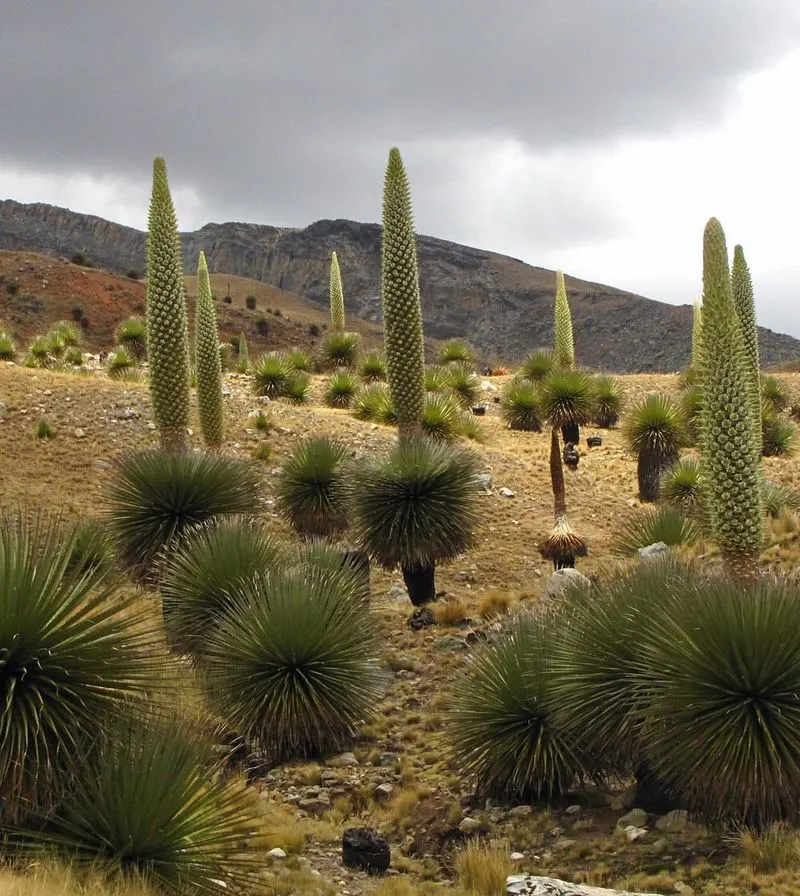
The Queen of the Andes, scientifically known as Puya raimondii, is a spectacle of the alpine regions of Peru and Bolivia. This plant is the largest bromeliad and can live for up to 100 years before blooming.
Its flowering spike is monumental, reaching heights of up to 30 feet and covered with thousands of blooms. This grand display is a rare sight, occurring only once in the plant’s lifetime.
The flowers provide nectar for birds and insects, playing a crucial role in the local ecosystem before the plant’s lifecycle concludes with its death.
Talipot Palm (Corypha umbraculifera)
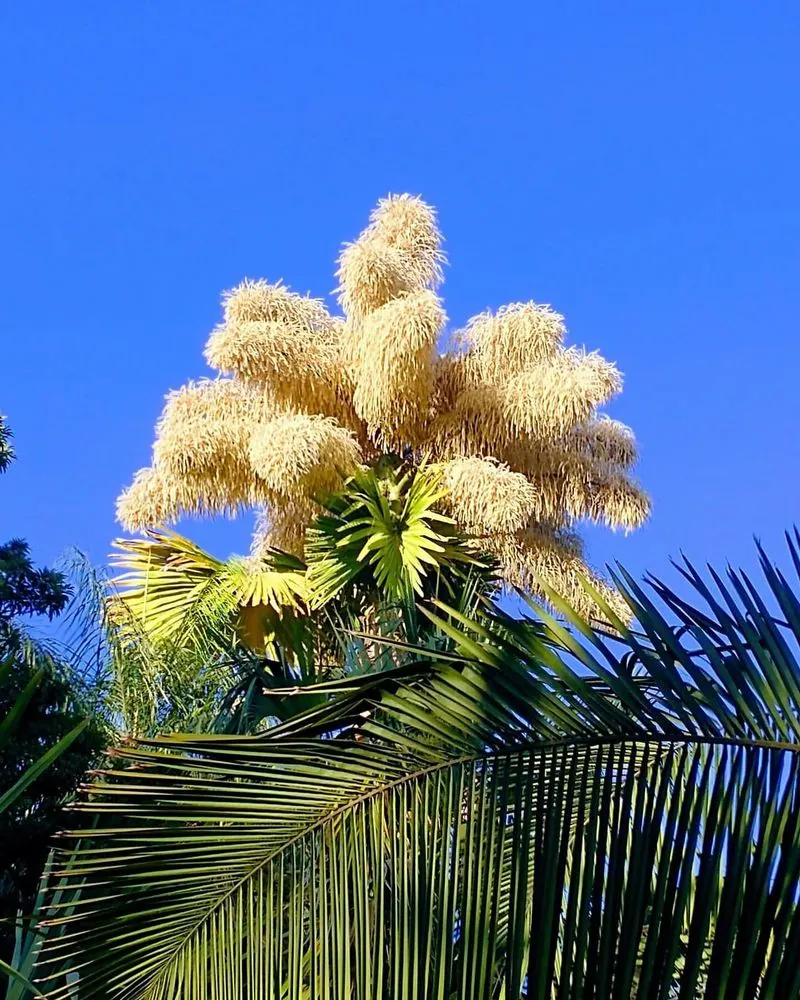
The Talipot Palm, or Corypha umbraculifera, stands as a giant among palms. Native to India and Sri Lanka, this palm can take 60 to 80 years to flower.
When it does, it produces one of the largest inflorescences, with a cluster that can contain millions of tiny flowers. This bloom, rising high above the forest canopy, is a magnificent spectacle.
After this grand event, the palm’s lifecycle ends, as it gradually dies, having completed its purpose. The seeds from the flowers ensure the legacy of the Talipot Palm continues in the tropical forests.
Neelakurinji (Strobilanthes kunthiana)
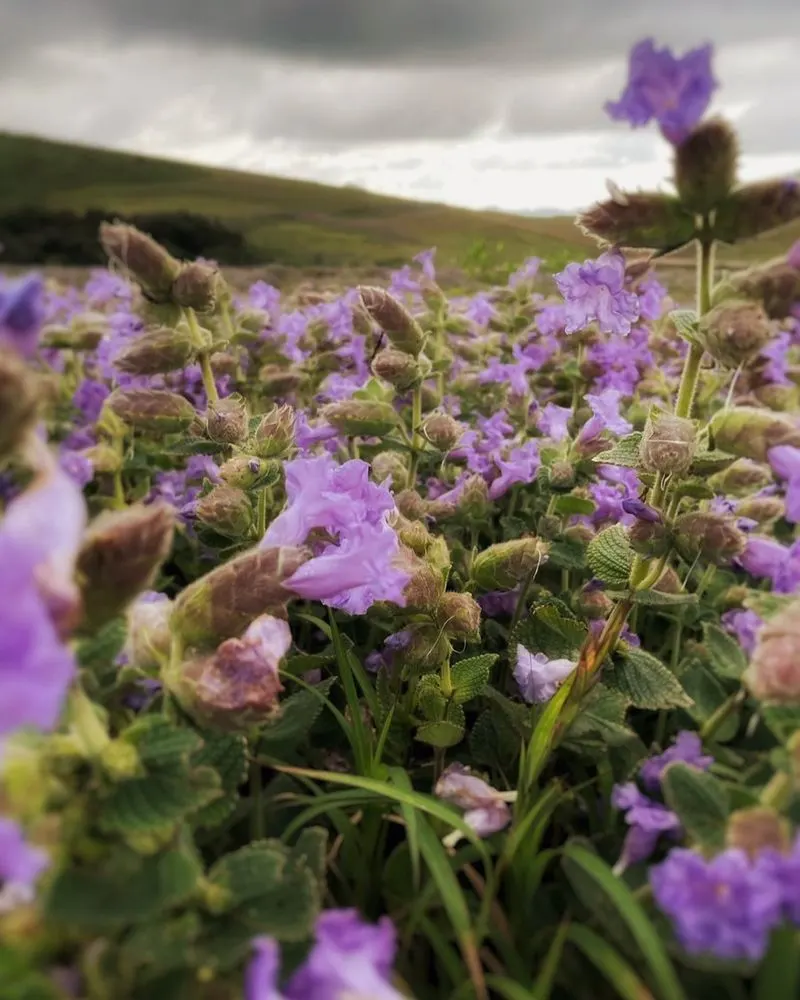
The Neelakurinji, or Strobilanthes kunthiana, transforms the hills of the Western Ghats into a vibrant sea of blue once every 12 years. This plant, native to India, has a rare and synchronized blooming cycle.
When in bloom, the Neelakurinji covers hillsides with its small, purplish-blue flowers, drawing visitors and pollinators alike. The bloom is a cultural and ecological event, celebrated for its rarity and beauty.
After flowering, the plant seeds and eventually withers, leaving the seeds to sprout and mature over the next decade, continuing this extraordinary cycle.

